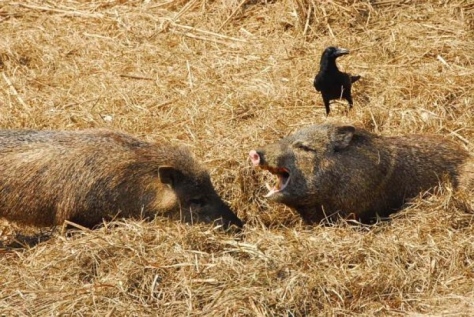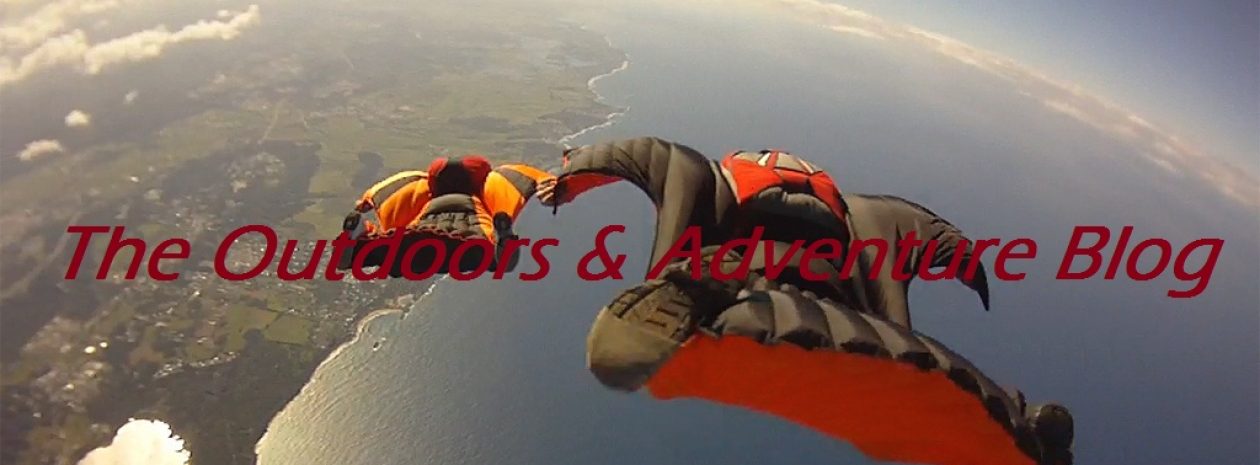One of the cardinal rules of camping in the wilderness is to first do no harm to animal habitats – kinda like medical doctors. Even though part of the priorities of camping outdoors is to see one or more wild animals as part of a sightseeing adventure, most outdoor enthusiasts consider damaging animal habitats as an irresponsible act. In fairness, campers do not intentionally displace animal habitats; especially the novices and they have to be walked through everything about camping just to get them started. Some newbies deliberately ignore signs of animal habitats and attempt to get a closer look, which scares the poor animals away. We have outdoor adventure shows in Pursuit Channel that teaches how to protect the animals and their habitats while camping and hiking.

Those animals might get so scared that they might leave their homes permanently in order to seek safer shelter elsewhere. That is why it’s very important that camp leaders educate their team members on camping and animal safety rules besides training them to handle outdoor camping gear properly.
Here are a couple of camping rules that you should know before setting out to camp in the wild:
1. Natural Pathways – Spots where wildlife congregates are usually ideal to setup camp and unload your camping gears, but if you know best you shouldn’t camp there. There are ways to tell when a path has been cleared by animals and if happen to see one, then better move your campsite somewhere else. Typically you will see chewed-on material along the trail, mangled brush as well as hoof or foot tracks – show courtesy to animals and find some other place to settle. A Pursuit Channel show called “Winchester & Drury’s Natural Born,” showcases hunting and camping tips for beginners and experts alike. You can get more tips from them if you watch the show regularly.

2. Bedding Areas – Animals such as deer, raccoons, foxes, and other mammals often seek shelter to protect themselves from the elements just like humans do. Areas with low lying tree branches overhanging natural clearings are typical animal shelters, so be extra careful when you’re around them. When camping and hiking, look for evidence of habitation before setting up camp under softwood trees like pines and cedars as they are the most likely places that animals seek shelter to, because these trees protect the animals from wind and rain.
3. Burrows – Digging out burrows in soil or organic material such as tree trunks is the common survival instinct of smaller mammals. You can spot these burrows easily as they don’t cover it with leaves or other stuff. Be sure to check for these entry and exit points if you’re setting up camp next to any large trees or dead logs. Newton wasn’t wrong when he said that every action has an opposite reaction, you know and if you disturb the animal’s den, then they’ll disturb your camp as well. They would most likely smell your food and go after them. I mean, if they can get an easy meal, then why go to the trouble of catching one? Plus your meal is more delicious than their normal food servings. This has happened many times with novice campers on some Pursuit Channel shows.

4. Watering Holes – Other common camping spots people pick are creeks and rivers, but often they’re not aware that these places have watering holes for animals too! You have to understand that these creatures need water besides food to survive and you’re in their way when you camp near these places while enjoying your outdoor adventure. You can actually find other natural bank-side clearings that are preferable to setup camp on where you don’t have to scare animals away or get in their way to find food and shelter.
Expert campers are actually the ones who are very concerned about the environment they get into. To start becoming a pro-camper, you’d need to be aware of your surroundings and more importantly always be sympathetic to the animals that live there. Using these four camping tips will greatly help you tip-toe your way into forests and wilderness and not harm anything there. Remember to buy only genuine camping gears from a reliable camping equipment company. And as always don’t forget to watch our outdoor and hunting shows on Pursuit Channel on Roku.

